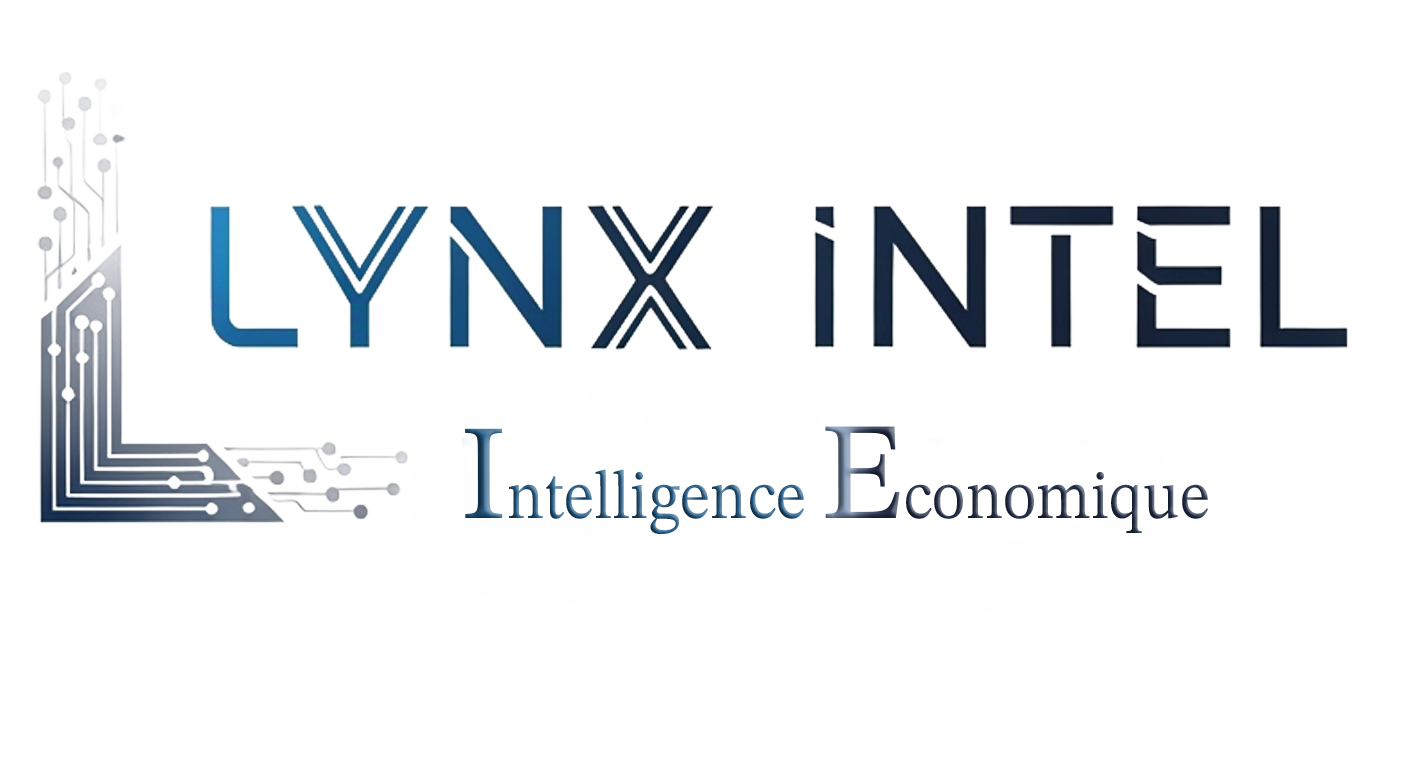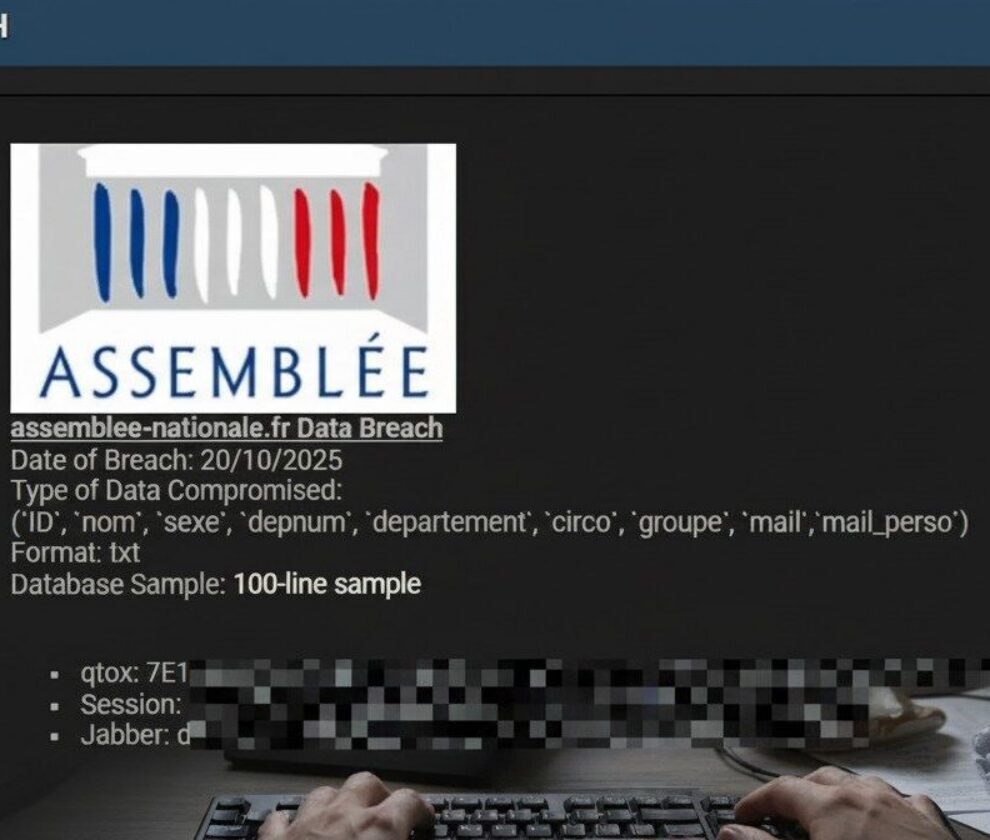Introduction
Artificial Intelligence (AI) is transforming the digital ecosystem at a breakneck speed, offering benefits and challenges alike. One such concerning development is ‘Whisper Leak,’ a new type of attack revealed by Microsoft that exposes vulnerabilities in language models even when communication is encrypted. As AI becomes integral to personal and professional exchanges, this article delves into the impact of Whisper Leak on cybersecurity and user privacy, showcasing actionable solutions to protect sensitive information.
What is Whisper Leak?
Whisper Leak represents a sophisticated side-channel attack method capable of extracting data like conversation topics between a user and a language model. This attack bypasses encryption by taking advantage of meta-information such as data packet sizes and timing patterns. Even with secure protocols like HTTPS in place, an attacker can deduce whether you are discussing sensitive topics.
Microsoft’s research showcases the potential magnitude of this vulnerability, emphasizing that even high-security measures aren’t immune to this threat. Private conversations—whether personal or business-critical—may be at risk if subjected to targeted Whisper Leak exploitation.
How Does This Attack Work?
The brilliance of Whisper Leak lies in its use of machine learning algorithms, including advanced models like LightGBM, Bi-LSTM, and BERT. These technologies help infer sensitive details from encrypted data packets.
For instance, attackers classify conversations based on packet-flow patterns with up to 98% accuracy. Internet service providers (ISPs) or governmental agencies equipped with this technique could easily spy on politically sensitive subjects, financial data, or high-value strategic content.
This precision is alarming, indicating the need for proactive security policies in AI implementation today.
Technical Vulnerabilities of Language Models
Large Language Models (LLMs) like GPT-4 employ streaming technology to generate real-time responses. While users benefit from fast interactions, streaming inadvertently reveals patterns through packet timing and size, making models vulnerable to tools like Whisper Leak.
This vulnerability underscores the challenge AI model designers face: balancing user experience with bulletproof security. Without integrating precautionary mechanisms at the design level, such systems remain exposed to emerging risks.
Implications for Businesses
Businesses increasingly rely on LLM-powered tools, from customer service chatbots to marketing content generators. However, Whisper Leak significantly raises concerns about data integrity and secrecy. Imagine sensitive business negotiations or intellectual property communications intercepted and analyzed via cyber-attacks.
This could lead to financial losses, reputational damage, or even violations of strict regulations like the General Data Protection Regulation (GDPR) in Europe. As adoption skyrockets, addressing the vulnerabilities exposed by Whisper Leak becomes a priority for enterprises.
Combatting Whisper Leak Attacks
Fortunately, organizations and individuals can employ countermeasures to mitigate Whisper Leak risks. Developers like OpenAI and Microsoft have introduced solutions like adding random text sequences to obfuscate packet sizes, enhancing security against such threats. But user caution is also essential.
Some additional steps include:
- Adopting non-streaming AI service models when confidentiality is critical.
- Leveraging Virtual Private Networks (VPNs) for encrypted communications over secure networks.
- Collaborating with reputable AI providers prioritizing robust security design.
These strategies minimize user exposure to Whisper Leak’s side-channel exploits.
The Role of Companies in AI Security
Businesses must take proactive stances on cybersecurity as AI adoption grows. Regular audit procedures and targeted ‘red-teaming’ exercises can expose system weaknesses. By stress-testing platform dependencies, leaders build resilient infrastructures capable of repelling attacks like Whisper Leak.
Moreover, companies can invest in specialized tools and security expertise, reinforcing endpoint protection and developing protocols tailored to specific vulnerabilities of advanced AI systems. Implementing stricter safeguards today prevents potential crises tomorrow.
Conclusion
The rise of language model attacks like Whisper Leak highlights how emerging AI innovations demand evolved security measures. Protecting sensitive user interactions calls for a mix of intelligent design, diligent implementation, and continuous awareness of evolving threats.
At My Own Detective, we specialize in helping businesses identify and neutralize technological risks with cutting-edge expertise. Whether you need tailored cybersecurity audits or actionable strategies for AI usage safeguards, our experts are here to support you. Contact us today to ensure your enterprise remains secure as AI reshapes the cybersecurity landscape.


